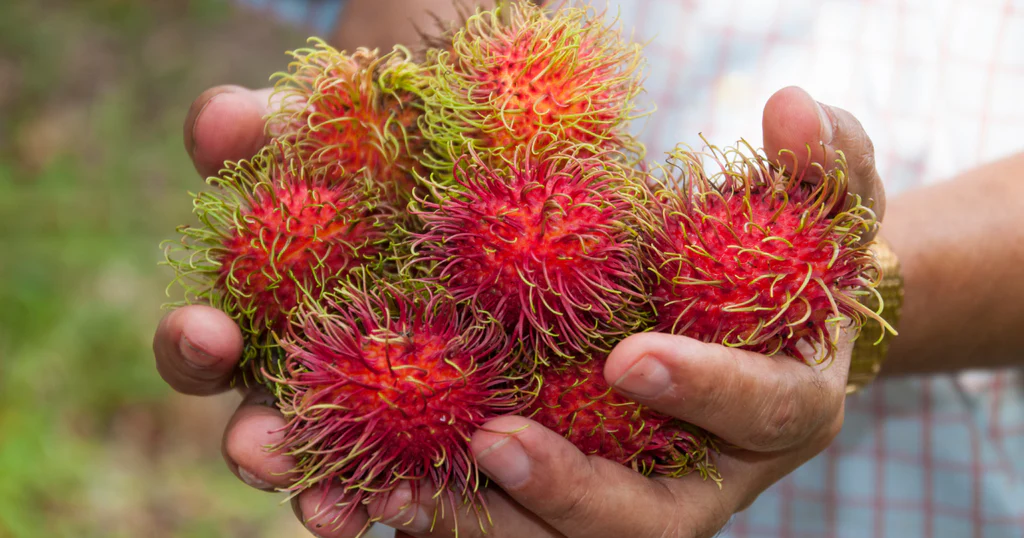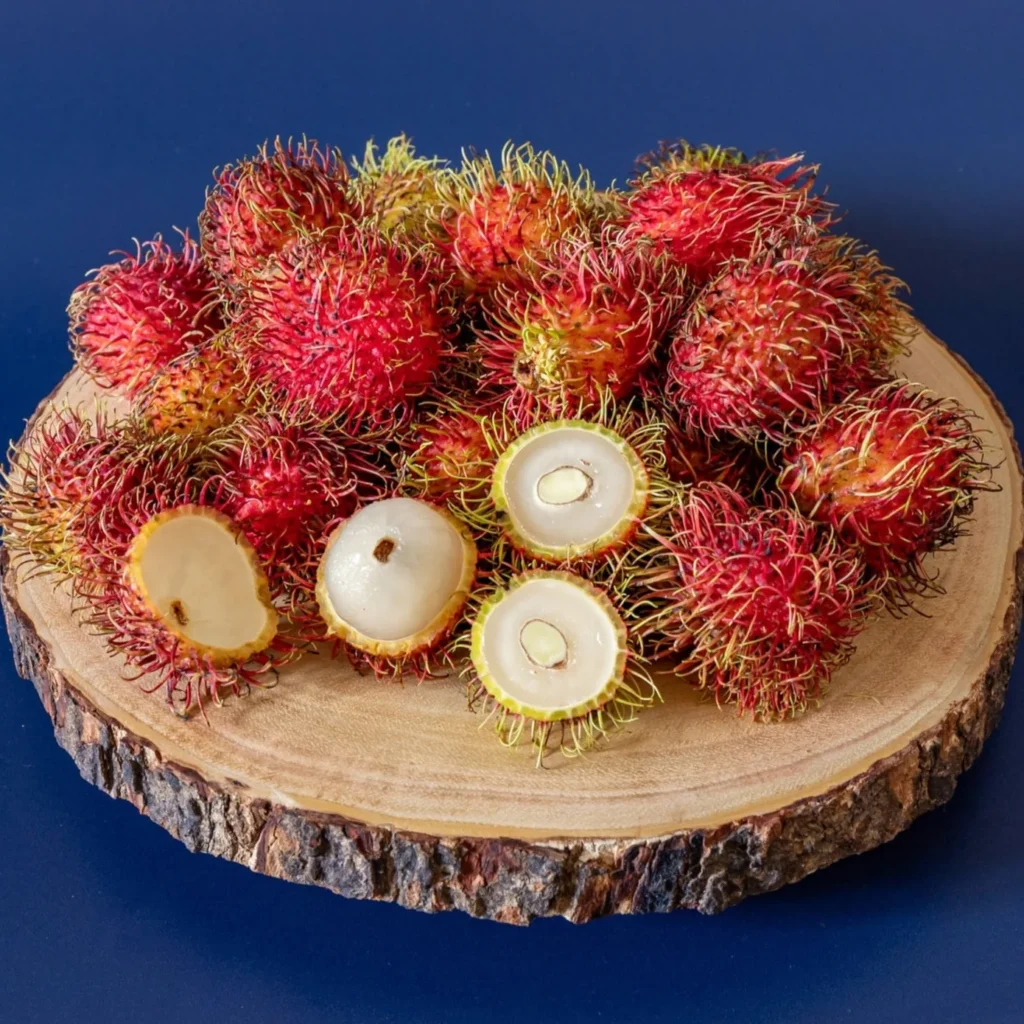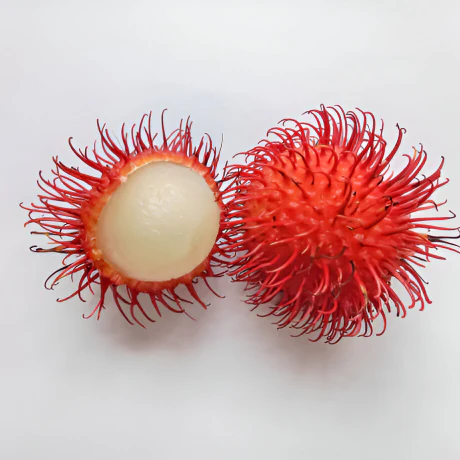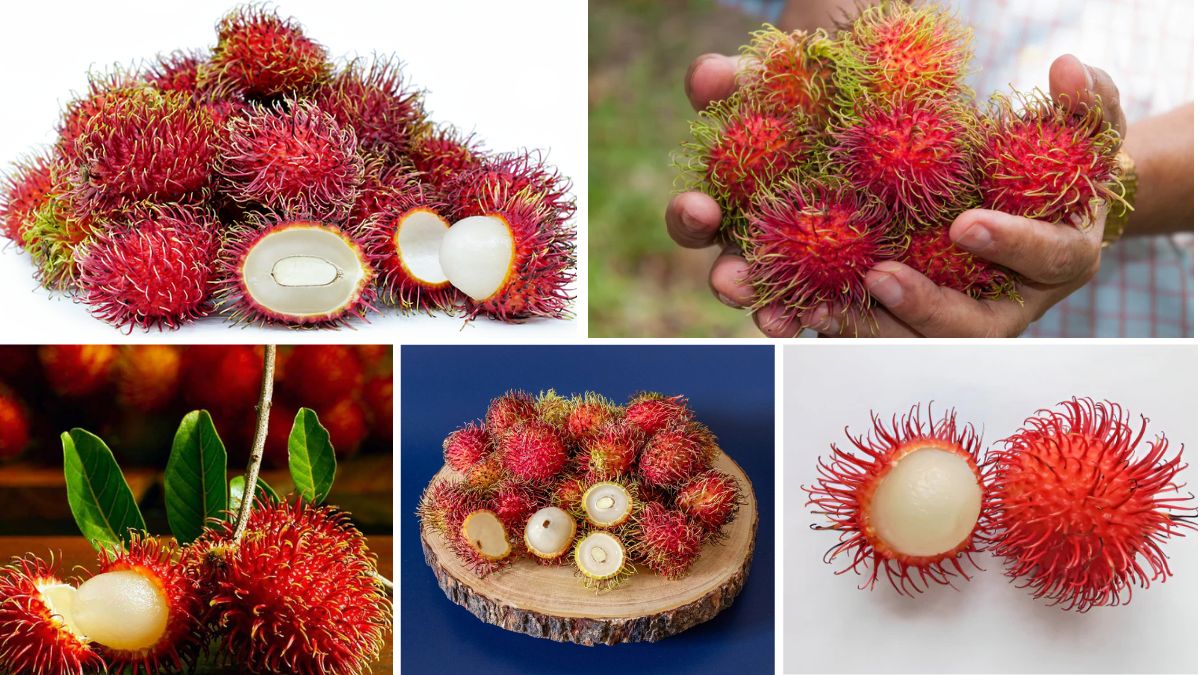Rambutan (Nephelium lappaceum), a tropical fruit native to Southeast Asia, is celebrated for its bright red, hairy skin and sweet, juicy flesh. Often compared to lychee due to its similar flavor profile, rambutan is not only a popular snack but also a versatile ingredient in desserts, beverages, and culinary dishes across the globe. With the increasing popularity of exotic fruits, the question arises: which country leads the world in rambutan production?
Understanding Rambutan

Rambutan is a tropical fruit tree that thrives in humid, warm climates with well-distributed rainfall. The fruit itself is oval to round, with a leathery skin covered in soft spines. Beneath the spiny exterior lies translucent, sweet pulp surrounding a single seed. Rambutan trees typically bear fruit 3–5 years after planting, with peak production occurring after 10–15 years.
Rambutan cultivation requires careful attention to soil conditions, temperature, and rainfall. The ideal climate is tropical, with temperatures ranging between 22–35°C and high humidity. These requirements naturally limit the regions where commercial rambutan farming is feasible.
Global Production Landscape

Rambutan cultivation is primarily concentrated in Southeast Asia, with countries like Indonesia, Thailand, Malaysia, and the Philippines leading production. Among these, Indonesia stands out as the largest rambutan producer globally.
Indonesia: The Leading Rambutan Producer

Indonesia produces the largest volume of rambutan in the world, accounting for nearly 50% of global production. The country’s tropical climate, abundant rainfall, and fertile volcanic soils create ideal conditions for rambutan cultivation.
Factors Contributing to Indonesia’s Dominance:
- Optimal Climate: Indonesia’s consistent warm temperatures and high humidity provide a perfect environment for rambutan trees to flourish.
- Extensive Cultivation Areas: Provinces such as West Java, East Java, and Sumatra are major hubs for rambutan production. These regions have fertile soils and a long history of fruit cultivation.
- Varietal Diversity: Indonesia grows several popular rambutan varieties, including Rapiah, Binjai, and Sinyonya, each valued for taste, size, and pulp quality. This diversity supports both domestic consumption and export.
- Domestic Consumption: With a population exceeding 270 million, there is significant domestic demand for rambutan. Fresh consumption dominates, though the fruit is also processed into juices, jams, and desserts.
- Export Potential: While a majority of Indonesia’s rambutan is consumed domestically, exports to countries like Singapore, Malaysia, the Middle East, and even Europe are growing steadily.
Other Major Rambutan Producers

While Indonesia leads production, other countries also play significant roles:
- Thailand: Thailand is the second-largest producer, cultivating rambutan across central and southern regions. Thai varieties, such as Rong-Rien and R-334, are prized for their sweet flavor and vibrant color. Thailand exports a substantial portion of its harvest to neighboring countries and beyond, contributing significantly to the regional fruit market.
- Malaysia: Malaysia’s rambutan industry is concentrated in states like Selangor, Johor, and Penang. Local varieties such as Binjai and Rawa are popular for domestic consumption and occasional export.
- Philippines: The Philippines produces rambutan in regions such as Mindanao and Luzon. While production is smaller compared to Indonesia and Thailand, local demand ensures a thriving domestic market. The Philippines also exports small quantities to countries with significant Southeast Asian diaspora populations.
- Vietnam: Vietnam is emerging as a rambutan producer, especially in southern provinces like Ben Tre. While currently focused on local markets, improvements in cultivation techniques could expand Vietnam’s presence in the global rambutan market.
Economic Importance of Rambutan Production

Rambutan cultivation has significant economic implications in producing countries:
- Rural Livelihoods: Rambutan farming supports thousands of smallholder farmers, providing a reliable income source and contributing to rural development.
- Agricultural GDP Contribution: In Indonesia, rambutan is a key component of fruit agriculture, contributing to the national economy.
- Export Revenue: While domestic consumption dominates, exports of fresh and processed rambutan products generate foreign exchange, particularly in Southeast Asia.
- Value-Added Products: Rambutan is increasingly used to make juices, jams, canned products, and even wine, adding value and diversifying income streams for farmers and producers.
Cultivation Practices and Challenges
Rambutan farming involves meticulous attention to soil, climate, and pest management:
- Soil Requirements: Rambutan trees thrive in deep, well-drained soils rich in organic matter. Volcanic soils in Indonesia provide excellent nutrient support.
- Water and Climate: Consistent rainfall and high humidity are crucial. Prolonged droughts can affect fruit yield and quality.
- Pest and Disease Management: Common challenges include fruit flies, aphids, and fungal diseases. Integrated pest management and careful monitoring are essential.
- Harvesting: Rambutan fruits are harvested by hand when they reach optimal ripeness. The timing of harvest affects taste, shelf life, and export suitability.
Health and Nutritional Benefits
Rambutan is not just delicious but also highly nutritious:
- Vitamins and Minerals: Rambutan is rich in vitamin C, iron, calcium, and phosphorus. These nutrients contribute to immune health, bone strength, and overall well-being.
- Dietary Fiber: The fruit provides dietary fiber, aiding digestion and promoting a healthy gut.
- Antioxidants: Rambutan contains polyphenols and flavonoids, which help combat oxidative stress and inflammation.
- Low in Calories: Rambutan is low in calories and fat, making it an ideal snack for health-conscious consumers.
Market Trends and Future Outlook
The global rambutan market is poised for growth due to rising consumer interest in exotic fruits:
- Increasing Demand: Both domestic and international demand for rambutan is growing, fueled by health awareness and culinary trends.
- Expansion of Exports: Indonesia and Thailand are expanding export channels to Europe, the Middle East, and North America, capitalizing on the fruit’s exotic appeal.
- Processing Industry Growth: Value-added rambutan products, such as juices, jams, and canned fruits, are expected to gain traction in international markets.
- Sustainable Practices: Producers are increasingly adopting organic cultivation and sustainable farming methods to meet global standards and appeal to environmentally conscious consumers.
Conclusion
Indonesia holds the title of the largest rambutan producer globally, thanks to its ideal climate, fertile soils, varietal diversity, and strong domestic demand. Thailand, Malaysia, the Philippines, and Vietnam also play crucial roles in the production landscape, contributing to both local economies and regional fruit trade. Rambutan cultivation is not only economically significant but also culturally important, with its sweet, juicy fruits enjoyed across generations.
The future of rambutan production looks promising, with expanding exports, value-added products, and growing international interest. Understanding the global rambutan market and the factors driving production can help policymakers, farmers, and investors make informed decisions to capitalize on this tropical fruit’s potential.




